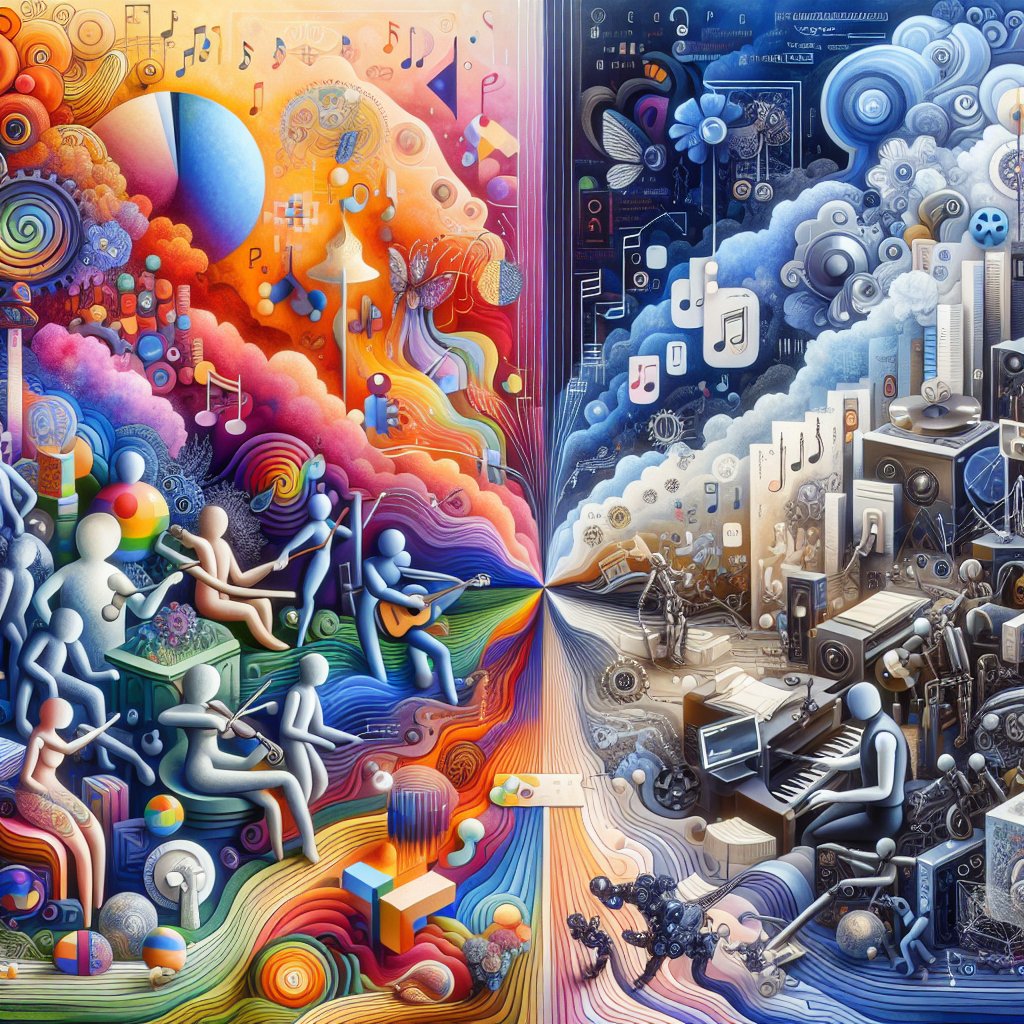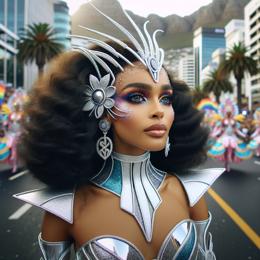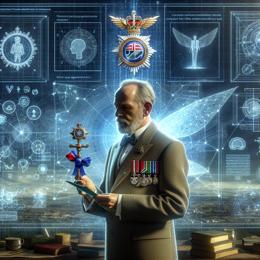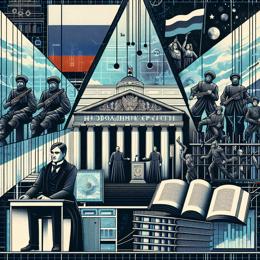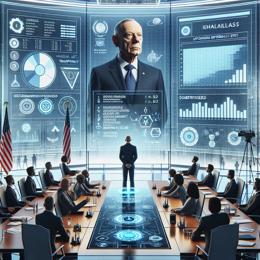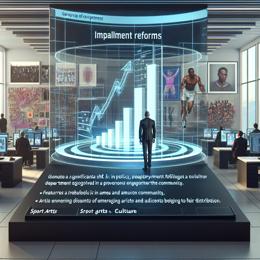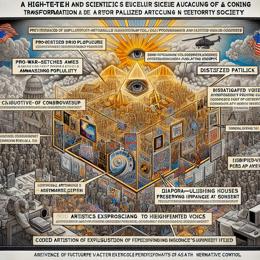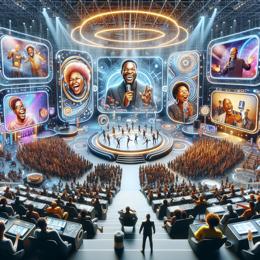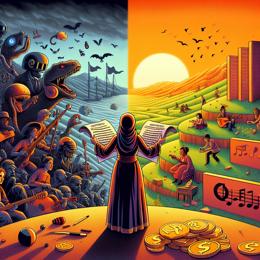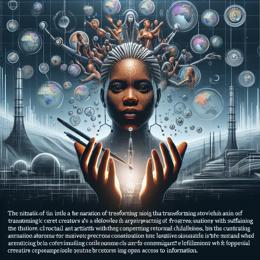Image created by AI
The Eternal Human Essence of Art in the Age of AI
Amidst the rapid advancements in artificial intelligence (AI), discourse intensifies around its implications for the realm of art – traditionally an unequivocal expression of human creativity. Yet, as AI begins to craft images and melodies with seeming ingenuity, society grapples with a pivotal question: Does the emergence of AI-generated art herald the demise of art as we understand it, or does it simply mark another evolution in the tools available to the creative mind?
The phenomenon of AI art stirs a profound deliberation about the essence of creativity and aesthetics. While algorithms can now produce visuals and sounds that might be classified as beautiful or creative, these manifestations are depersonalized – they lack the deeply human choice and narrative that are intrinsic to the artistic process. The resonating touch of the individual – the soulful filter through which the world is observed and experiences are cemented in art – cannot be algorithmically replicated.
Art is not an entity confined to mere appearance; it is magnitudes more. It transcends the visual or auditory appeal to anchor itself in the experiential, emotional, and intellectual landscapes of human existence. The value of art becomes evident not by the multitude of pieces that can be conjured upon command but through the scarce selection of works that evoke, provoke, and resonate with the human spirit.
In every era, new technologies have extended the grammar of art, inviting fresh perspectives and democratizing the creation and distribution of creative work. The record player, photography, and successive innovations in printing have reshaped the form and reach of artistic expression, aligning with society's evolving fabric. AI is yet another frontier in this continuum, but it doesn't presage the obsolescence of art; rather, it introduces an era where the pulse of human expression is more imperative than ever.
The poems penned by the author highlight a personal response to unique moments in time, encapsulating the human weight behind them – something AI, with its computational might, is ill-equipped to emulate. A machine might calculate probabilities and patterns with unmatched precision, but it fails to embody the nuances of experience and choice that define the works of a true artist.
Creativity, as a human endeavor, insists on the presence and perspective of the individual. Artists not only create but select what to bring into being, crafting a bridge between personal interpretation and collective experience. When art becomes a reflection of our social dynamics and collective consciousness, it cements its significance.
The intersection of AI and art also surfaces concerns about the value of human artists in a landscape increasingly accommodating to machine-generated content. With arts and humanities facing defunding and AI utilizing artists' creations without compensation, a key challenge arises: ensuring that art maintains its unique human signature in an age dominated by technology.
Despite AI's impressive capabilities, it has not – and cannot – usurp the domain of art. For at its core, art is inherently human. It is born from the vivid, lived experience of an individual among billions, from the compelling yearning to express and connect. As long as humanity cherishes this drive to create and engage, art will persist, unbound by the capabilities of machines.
